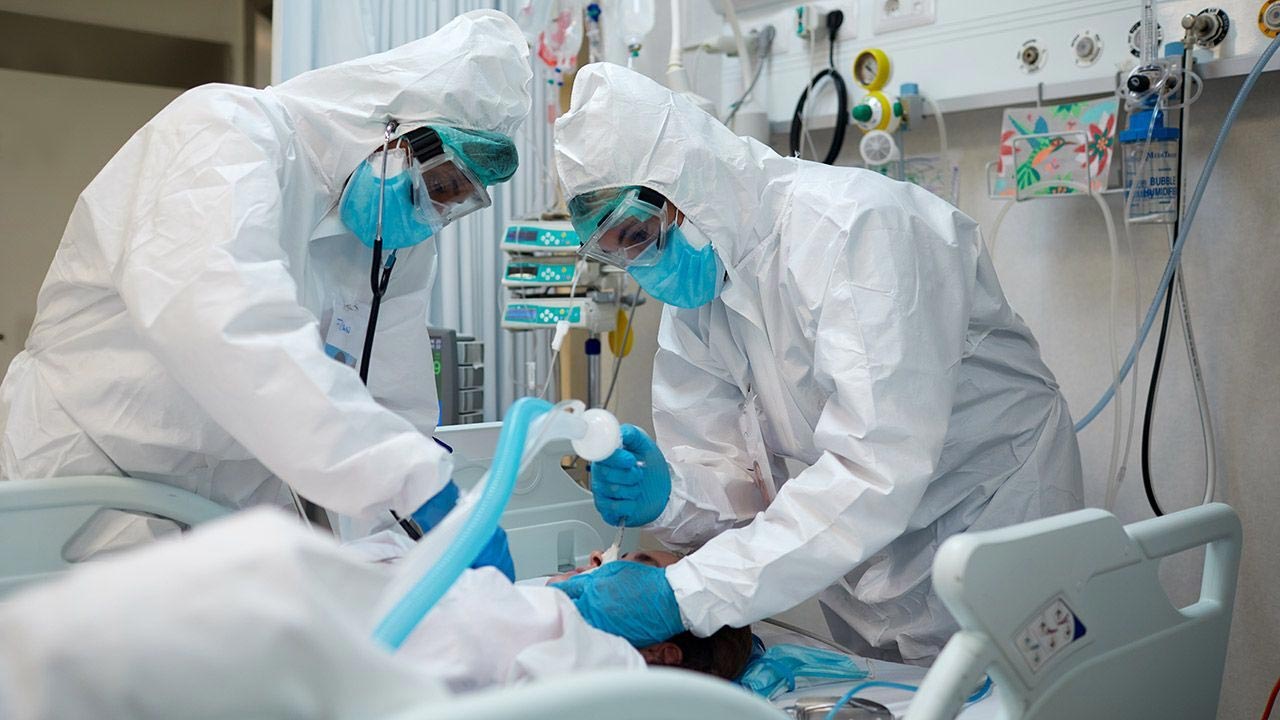Physical Inactivity Linked to More Severe COVID-19 Infection and Higher Risk of Death
0 View
Share this Video
- Publish Date:
- 12 May, 2021
- Category:
- Covid
- Video License
- Standard License
- Imported From:
- Youtube
Tags

Exceeded only by advanced age and organ transplantation as a risk factor, large study shows
Physical inactivity has been linked to a more serious COVID-19 infection and an increased risk of dying from the disease, a large US study published online in the British Journal of Sports Medicine finds.
Patients with COVID-19 who were consistently inactive for the 2 years prior to the pandemic were more likely to be hospitalized, require intensive care and die than patients who consistently met physical activity guidelines. according to the findings.
As a risk factor for serious illness, physical inactivity was only surpassed by advanced age and a history of organ transplantation.
Several risk factors for serious COVID-19 infection have been identified, including advanced age, male gender, and certain underlying medical conditions, such as diabetes, obesity, and cardiovascular disease.
But physical inactivity is not one of them, although it is a known risk factor for several long-term conditions, including those linked to severe COVID-19, the researchers point out.
To investigate the potential impact on the severity of the infection, including hospital admissions, need for intensive care, and death, the researchers compared these results in 48,440 adults with confirmed COVID-19 infection between January and October 2020.
The mean age of the patients was 47; almost two thirds were women (62%). Their mean weight (BMI) was 31, which is classified as obese.
About half had no underlying conditions, including diabetes, COPD, cardiovascular disease, kidney disease and cancer; almost 1 in 5 (18%) only had one; and nearly a third (32%) had two or more.
They had all reported at least three times their level of regular physical activity at outpatient clinics between March 2018 and March 2020. This was classified as consistently inactive (0-10 min / week); some activity (11-149 minutes / week); or consistently meeting exercise guidelines (150+ minutes / week).
About 7% consistently met exercise guidelines; 15% were constantly inactive and the remainder reported some activity.
White patients were most likely to consistently meet physical activity guidelines (10%), followed by Asian patients (7%), Hispanic patients (6%), and African American patients (5%).
About 9% of the total was hospitalized; about 3% required intensive care; and 2% died. Consistent adherence to physical activity guidelines was strongly associated with a reduced risk of these outcomes.
After taking into account potentially influential factors such as race, age, and underlying medical conditions, patients with COVID-19 who were consistently physically inactive were more than twice as likely to be hospitalized as those who were over 150 minutes of physical activity every week.
They were also 73% more likely to receive intensive care and 2.5 times more likely to die from the infection.
And patients who were consistently inactive were also 20% more likely to be hospitalized, 10% more likely to be in intensive care, and 32% more likely to die from their infection than patients who engaged in regular physical activity.
This is an observational study and as such cannot establish a cause. The study was also based on patients’ own assessments of their physical activity. Neither was exercise intensity measured above the threshold of ‘moderate to vigorous exercise’ (such as a brisk walk).
But the study was large and ethnically diverse. And the researchers point out, “It is remarkable that consistently inactive was a stronger risk factor for serious COVID-19 outcomes than any underlying medical conditions and risk factors identified by [The Centers for Disease Control] except age and a history of organ transplantation.
In fact, physical inactivity was the strongest risk factor for all outcomes, compared to commonly cited modifiable risk factors, including smoking, obesity, diabetes, hypertension [high blood pressure], cardiovascular disease and cancer. “
They conclude: “We recommend that public health authorities inform all population groups that they are not vaccinating and are following public health safety guidelines such as social distancing and using masks. [physical activity] is perhaps the single most important measure individuals can take to prevent severe COVID-19 and its complications, including death.
“This message is especially important given the increased barriers to regular performance [physical activity] during lockdowns and other pandemic restrictions. “
Reference: “Physical Inactivity Associated with a Higher Risk of Severe COVID-19 Results: A Study in 48 440 Adult Patients” by Robert Sallis, Deborah Rohm Young, Sara Y Tartof, James F Sallis, Jeevan Sall, Qiaowu Li , Gary N Smith and Deborah A Cohen, Apr 13, 2021, British Journal of Sports Medicine.
DOI: 10.1136 / bjsports-2021-104080
Funding: Kaiser Permanente Community Benefits Funds










